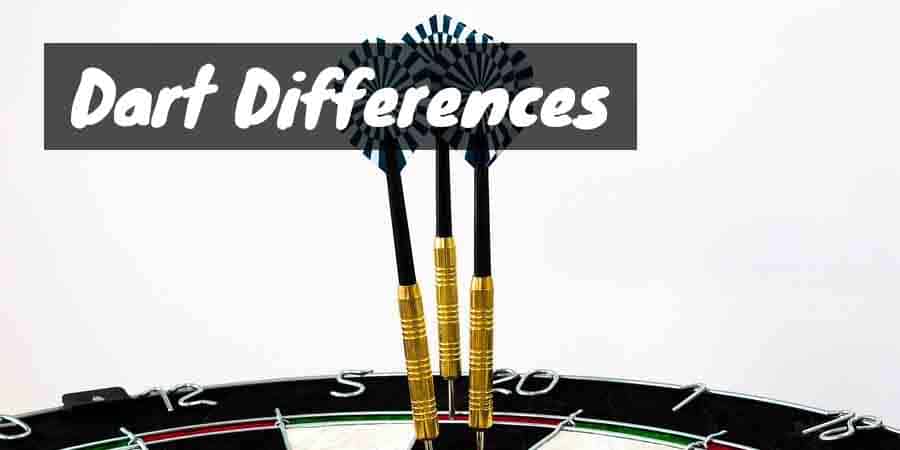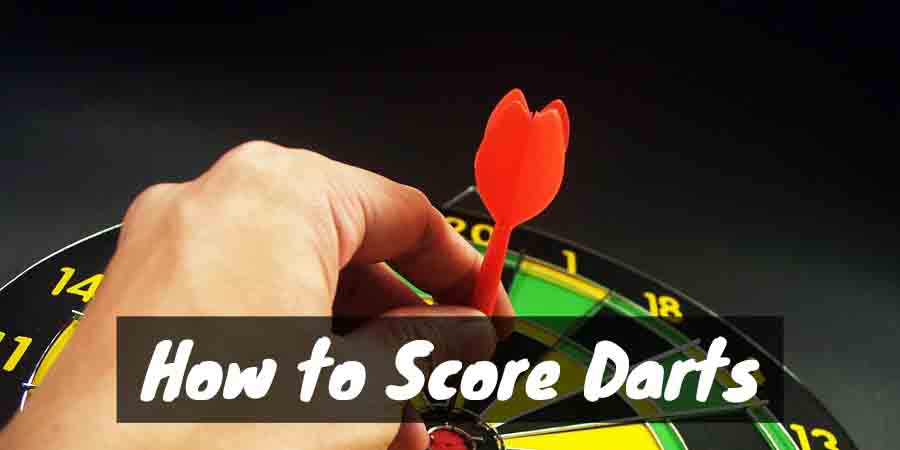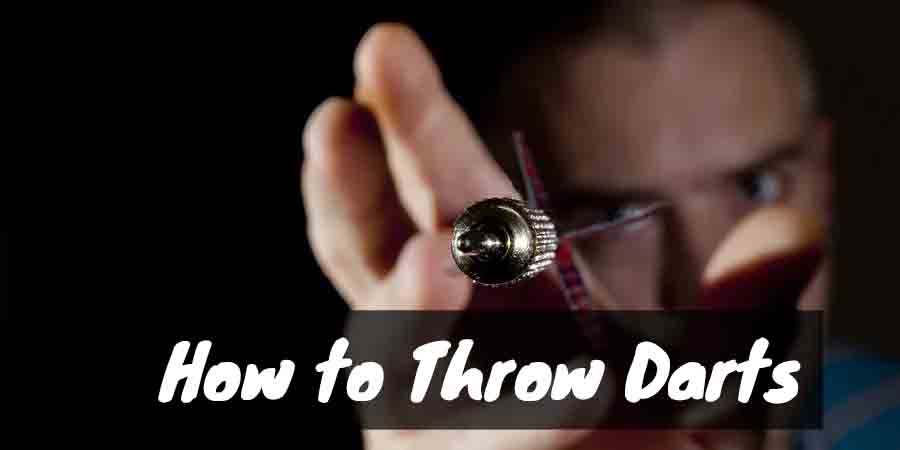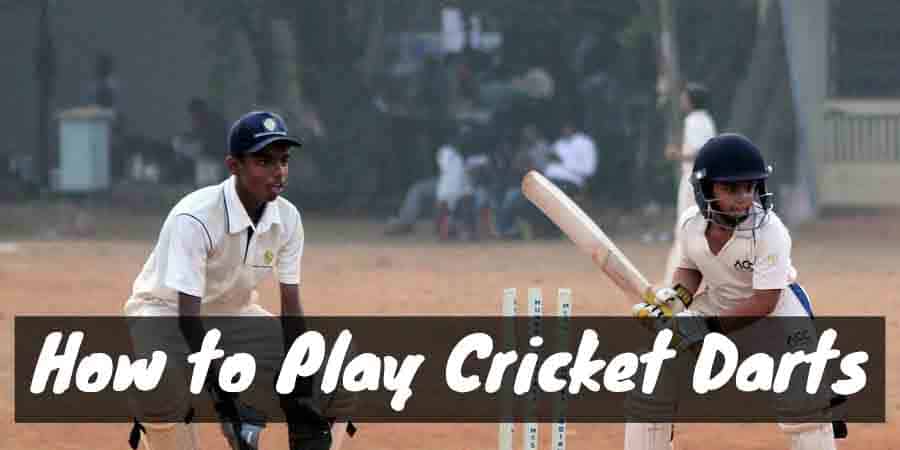Are you in the market for a new set of darts? Before you buy your new set, you should understand the difference between steel-tip, soft-tip, and bar darts.
1. Steel-Tipped Darts
Traditionally, most professional games are played with steel-tipped darts. This is because darts originated as a military game. Except those darts were actually metal spearheads or arrowheads. Professionals typically won’t consider any other kind of dart aside from a steel-tipped one.
As its name might suggest, steel-tipped darts are darts that have a steel or metal tip. It’s typically played with bristle boards. The sharp metal tip allows the dart to easily pierce through the board and embed within it.
The biggest difference that steel-tipped darts possess compared to other tipped-darts is its weight. They’re heavier. The tip can sometimes weight around 20 to 30 grams. Because of its weighted nature, the dart can be thrown with more accuracy. It’s less likely to be resistant towards wind or a breeze.
Steel-tipped darts are also more durable. It has an increased strength that its opponents do not possess. Because of this, these darts don’t bend or snap unless purposefully bent or thrown at extremely hard surfaces.
Because of this durability, many professionals prefer them because they receive their money’s worth. They last longer. For professionals who throw their darts a lot, durability is extremely important.
For beginners, however, steel-tipped darts may not always be the best choice. Even durable darts can break if not used correctly. As you hone your skills, it might be better to opt for one of the other kinds of darts. However, if you intend to play darts professionally, then you’ll likely want to procure a set of steel-tipped darts.
Traditionalists might scoff at you otherwise.
2. Soft-Tipped Darts
As darts has become more popular both in bars and at home, a recent addition to the dart family was made in response. Soft-tipped darts are made from a soft plastic that can improve the safety of the game.
Accidents do happen, and it’s possible for a dart to bounce off the board and hit someone. A steel-tipped dart can cause a lot of damage. A soft-tipped dart, on the other hand, won’t do nearly as much damage. This improves player safety.
That makes the soft-tipped dart the perfect choice for those who play the game around children or pets. Even those who want to have a dartboard for their children to play on can benefit from a soft-tipped dart set.
In today’s modern age, many dartboards are now electronic. Those boards can tally up your score for you and know exactly where you hit on the board. Steel-tipped darts cannot be played on an electric dartboard. You’re welcome to use them on the board, but you’ll likely find that the hard tip will shred through the board over time.
Soft-tipped darts, on the other hand, are perfect for electronic dartboards. They can easily bounce off of the board if necessary without damaging the board or anything surrounding the board. The soft plastic is still hard enough to pierce through the soft material of the board to embed as well.
For homeowners, soft-tipped darts are preferable to steel-tipped darts because it means fewer holes in the wall. Steel-tipped darts that miss the board can easily embed themselves into the wall instead. Soft-tipped darts will just bounce off the wall instead.
The downside of using soft-tipped darts is that they’re not nearly as durable. They wear down quickly. As a result, you could be going through them a great deal. Depending on how often you play darts, you might find yourself spending a lot of money over the year on darts alone.
Because of its material, the soft plastic of the tip is also prone to breaking and bending. If the point breaks off, it’s basically worthless and can’t be used. The same goes for a bent dart. It won’t be able to embed itself or strike the board accurately.
When you want to use soft-tipped darts, you’re going to want to use an electronic board to keep score. Traditional bristle boards will make the soft-tipped darts bounce right off. You won’t be able to record your score accurately.
It can also take some time to learn how to be accurate with a soft-tipped dart. They’re lighter in weight, so finding the center of gravity can be more difficult. They’re also more prone to being taken away by a breeze or stronger wind.
However, the lessons that you learn by using soft-tipped darts could help make your game with steel-tipped darts better.
3. Bar Darts
If you own a bar or want to introduce the game of darts to your local bar, then it’s important to have the right kind of dart. Some bars may choose to use steel-tipped darts if they have a lot of professional dart throwers that utilize their services.
However, most bars don’t want to deal with the holes and injuries that can occur with the game. Because of this, they may opt for soft-tipped darts that simply bounce off of the wall and are less likely to cause wounds. You can find harder plastic tips that provide a bit more weight for your dart players whilst still being safe.
Another bar dart that some bars are incorporating is actually magnetic darts. While these aren’t the greatest for accuracy, they can provide a safe and enjoyable dart game for casual players. The dart tips have a magnetic coating over them that is attracted to the magnetic board.
When a player throws the dart at the board, the magnetic attraction makes the dart stick to the board. The darts are typically blunt and don’t have any sharp tips to embed into the board. It’s simply held there through the strength of the magnetic attraction.
However, this kind of dart does have its own problems. The magnetic at the front of the dart is quite heavy. Finding the center of gravity and throwing accurately isn’t the easiest thing to do. This dart tends to arc fast because of its heavy tip.
It’s also not always possible for the dart to stick to the board. It might bounce off before the magnet can hold the other magnet to it. Since the board isn’t usually electronic, you may not be able to have an accurate read of where you hit the board.
In short, bar darts can vary depending on what the bar owner is comfortable having in their place of employment. You may need to ask what kind of dart tips are allowed in their bar beforehand.




